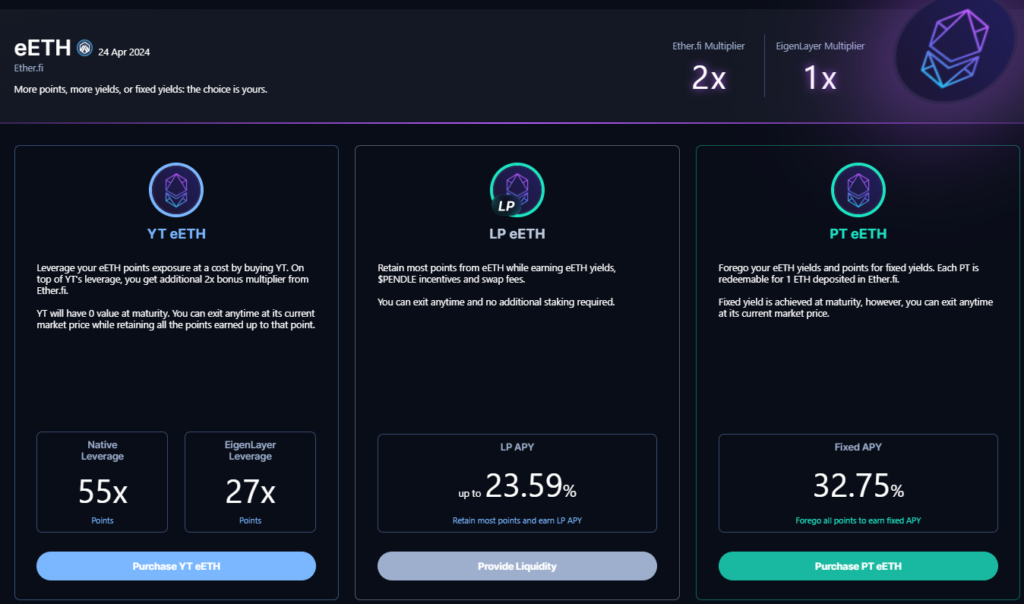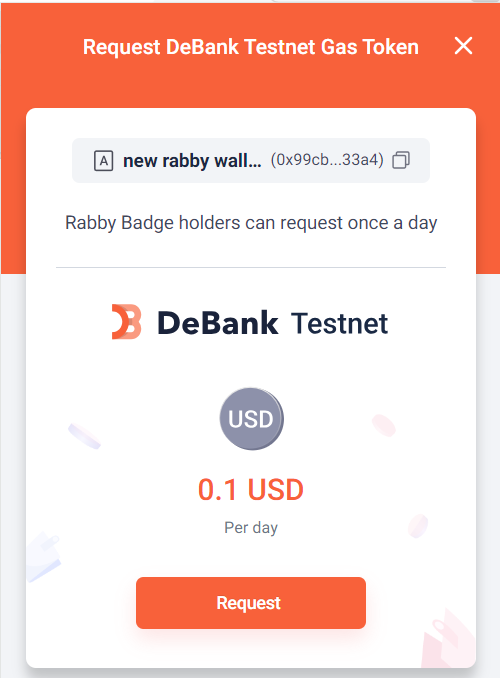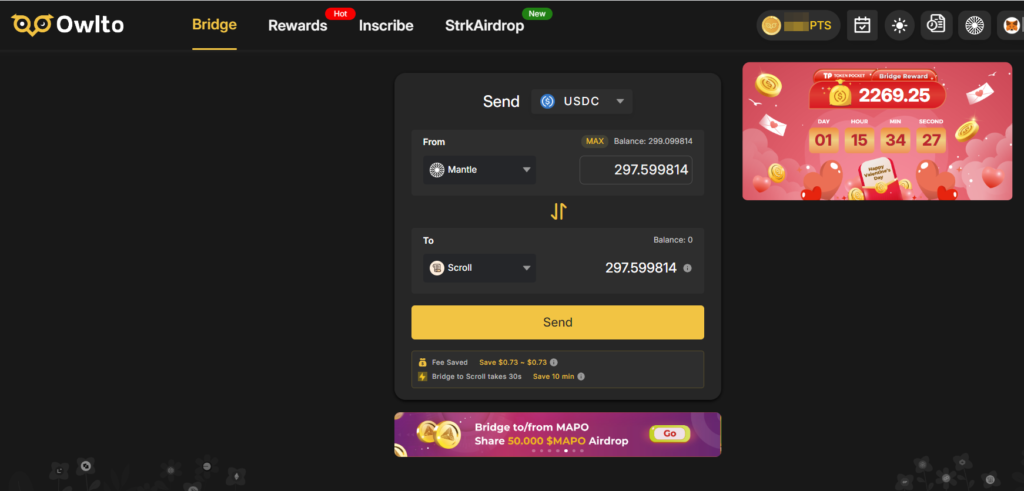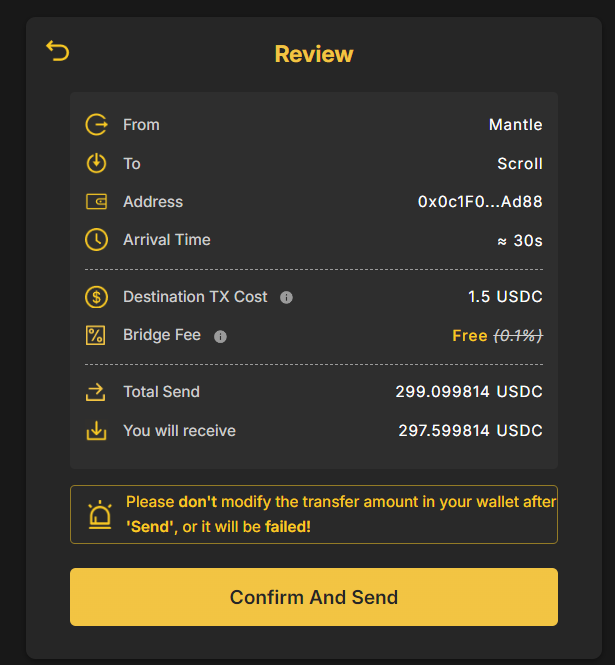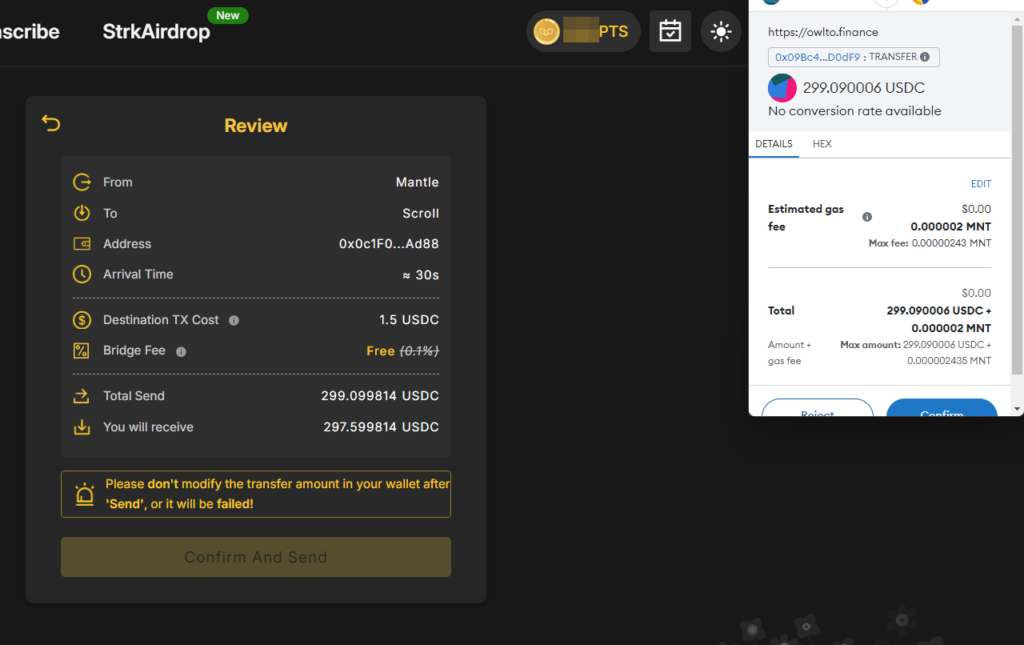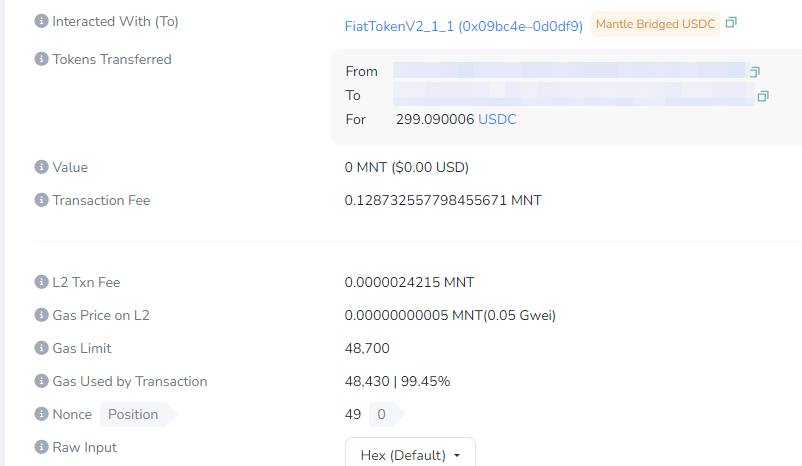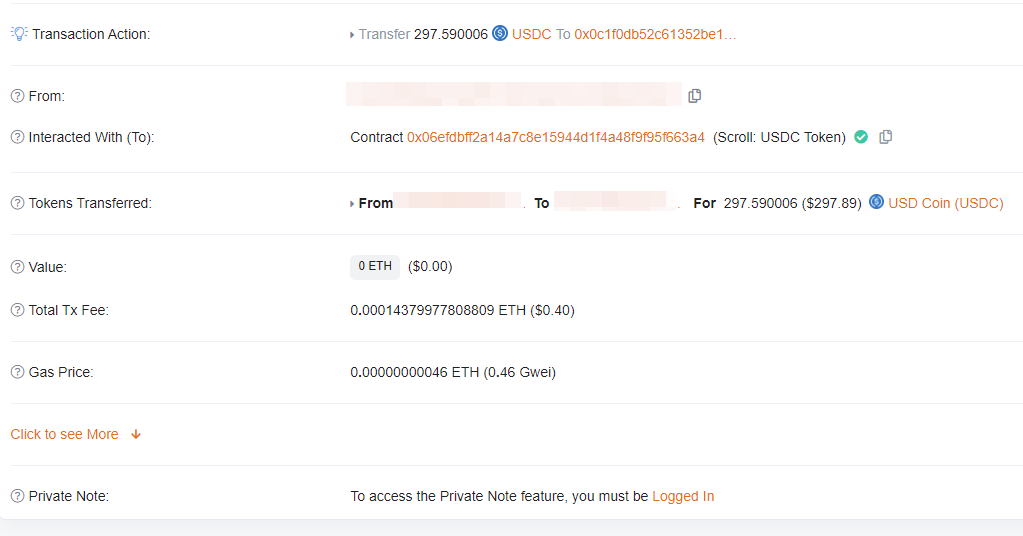Ethereum staking
Staking
Ethereum staking is the process of participating in the proof-of-stake consensus mechanism of the Ethereum blockchain. Staking became possible since the blockchain transitioned from proof-of-work to a proof-of-stake as part of Ethereum 2.0 upgrade.
In a proof-of-stake system, validators are chosen to create new blocks and validate transactions based on the number of coins they stake as collateral. Validators have a financial interest in the correct validation of transactions, as they risk losing their staked funds if they act maliciously.
Users can participate by becoming validators or by delegating their coins to existing validators. In return for their participation, validators and delegators may receive rewards in the form of additional cryptocurrency.
Liquid staking
Liquid staking makes the process of staking more flexible. Instead of locking their funds, users obtain staking tokens indicating their staked position. Because these coins are not locked up for a predetermined amount of time, they can be exchanged on different platforms. They can also be utilized in other decentralized finance (DeFi) protocols.
By using liquid staking, users can maintain their liquidity without having to wait for a set amount of time for the unstaking period to end. However this may include more levels of complexity and hazards, despite its flexibility.
Liquid staked tokens are most of the time reward bearing token. So native rewards that are generated from staking are captured by the protocol and reflected in the price of the token. However, liquid staking offers generally less rewards compared to native staking.
Restaking
Restaking is a new concept that lets users restake their staked ETH to secure new protocols. In other words, Ethereum’s secure network can be reused or rented to power new projects. Because of the extra utility of the tokens, the advantage for restakers is additionnal yields.
Risks
There’s a lot of risks in staking, so you will have to do a deep research. Here’s a short list:
- Slashing Risk: Validators may be subject to penalties, including the potential loss of staked funds, if they behave maliciously or fail to follow network rule.
- Network Security: Malicious actors could attempt to compromise the network’s security
- Market Volatility: The value of the staked cryptocurrency may fluctuate with market conditions
- Bugs or vulnerabilities in the protocol
For liquid staking:
- Smart Contract Risks: The code for interacting with liquid staking could contain vulnerabilities that could be exploited by attackers.
- Liquidity Risks: Liquidity in the secondary market for liquid staking tokens may be lower than for the native staked tokens, leading to potential challenges in buying or selling these tokens.
- Custodial Risks if applicable
- Protocol Upgrades
How to stake your ETH
Staking your ETH on Ethereum’s main network can be expensive depending of gas fees. We will look at different ways to stake your Ethereum and cheaper alternatives.
Ether.fi
Ether.fi is a leading liquid staking platform. What makes ether.fi stand out is that they will natively restake your liquid staked tokens on EigenLayer in the background, which will provide you with additional rewards.
The staking process is simple, you can even provide stETH or cbETH (staked tokens with other platforms):

For now, ether.fi is only available on the Ethereum mainnet, so staking a small amount could not be profitable considering the gas fees.
As of today, staking with ether.fi gives you points for ether.fi and Eigenlayer. These loyalty points could be eligible for a future airdrop by both platforms.

Renzo Protocol
Renzo protocol is similar to ether.fi. It uses Figment as a validator and it will enable restaking for additional yields.
However, Renzo now supports Arbitrum and Binance chain. Staking your ETH on these chains is much more affordable.

Renzo also offers Eigenlayer loyalty points as well as its own Renzo ezPoints for possible future airdrops.
Kelp DAO
KelpDAO is a similar platform that offers Eigenlayer points and its own loyalty points as well. For now it’s only available on Ethereum mainnet.

Pendle Finance
Pendle.finance offers a diverse way to get exposure for ethereum restaking and for the different loyalty points exposure. It also offers these programs on the Ethereum mainnet as well as Arbitrum:
Here are the programs for Arbitrum network:

Pendle.finance offers a multiplier for the points and for each program it offers 3 ways of getting involved:
- Purchase YT: Basically you are purchasing the points and giving up your deposit. The downside is that when you “purchase” the points you don’t know exactly how much they are worth.
- Provide liquidity to the pool: This will help you to retains most points and earn additional revenue from the pool swapping fees. However, you have additional risk of impermanent loss.
- Purchase PT: By purchasing PT, you give up on the points you are eligible to for a fixed yield. The downside is that the points might make you eligible for an an airdrop that is worth more than the yield.
As we can see, pendle offers many options, each with its own risk/reward level.
